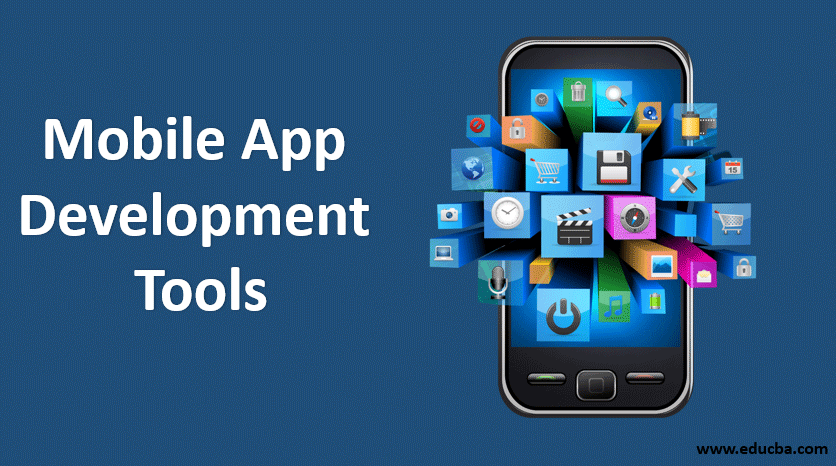1. Efficiency in Development:
- Isolation of Dependencies: Docker containers encapsulate an application and its dependencies, ensuring consistency across different environments. Developers can focus on coding without worrying about variations in underlying systems.
- Reproducibility: Containers make it easy to reproduce the exact environment in which an application runs, reducing the “it works on my machine” problem.
2. Portability:
- “Build Once, Run Anywhere”: Docker containers can run on any system that supports Docker, providing a consistent runtime environment. This simplifies the process of moving applications between development, testing, and production environments.
3. Scalability:
- Microservices Architecture: Docker facilitates the adoption of microservices, where applications are broken down into smaller, independently deployable units. This enhances scalability and makes it easier to manage and update different components of an application.
- Orchestration: Tools like Kubernetes can manage and scale containerized applications, providing automated deployment, scaling, and management of containerized applications.
4. Rapid Deployment:
- Quick Start-up and Shutdown: Containers start almost instantly, making it possible to scale up or down rapidly in response to changes in demand. This agility is crucial for modern, dynamic applications.
5. Resource Efficiency:
- Resource Isolation: Containers share the host OS kernel but have separate user spaces. This means they are more lightweight compared to traditional virtual machines, leading to efficient resource utilization.
6. DevOps Integration:
- Continuous Integration/Continuous Deployment (CI/CD): Containers fit seamlessly into CI/CD pipelines, allowing for automated testing, integration, and deployment. This accelerates the development lifecycle and improves collaboration between development and operations teams.
7. Version Control and Rollback:
- Image Versioning: Docker images can be versioned, providing a clear history of changes. This facilitates easy rollback to previous versions if issues arise with new releases.
8. Security:
- Isolation: Containers provide a level of isolation, though it’s important to note that security practices must be implemented within the containers and in the orchestration tools.
- Immutable Infrastructure: Containers promote the concept of immutable infrastructure, where the container image is fixed and any changes result in a new image. This minimizes the risk of configuration drift.
In summary, containerization, especially with Docker, has significantly streamlined the development and deployment processes. It has become a foundational technology in modern software development, enabling greater agility, scalability, and consistency across diverse computing environments.







